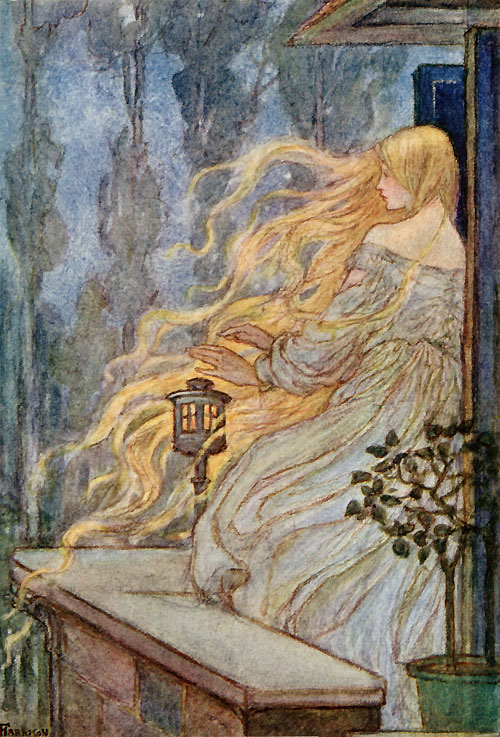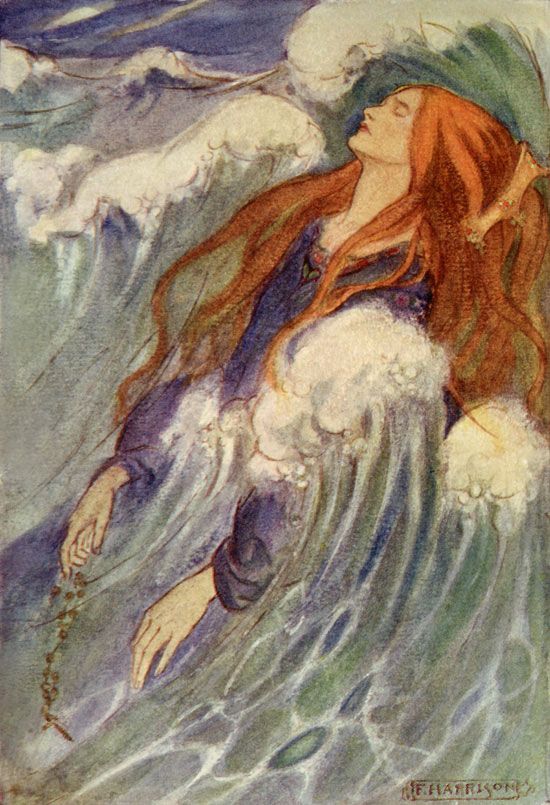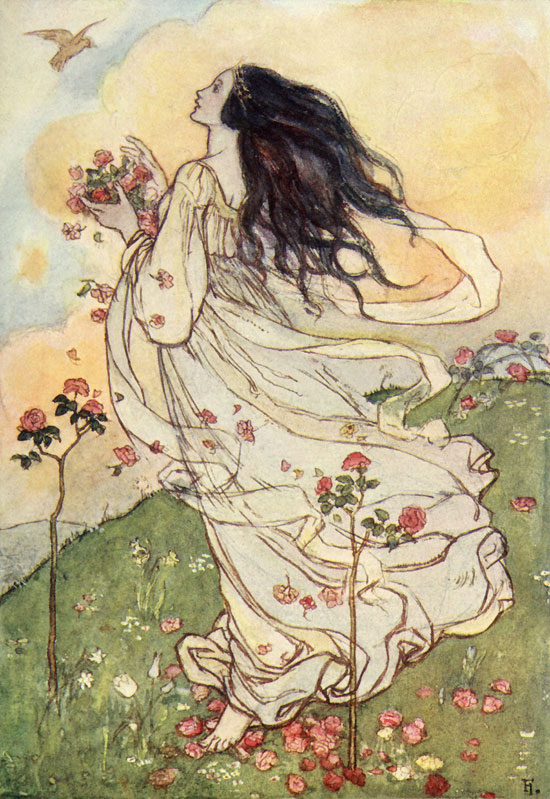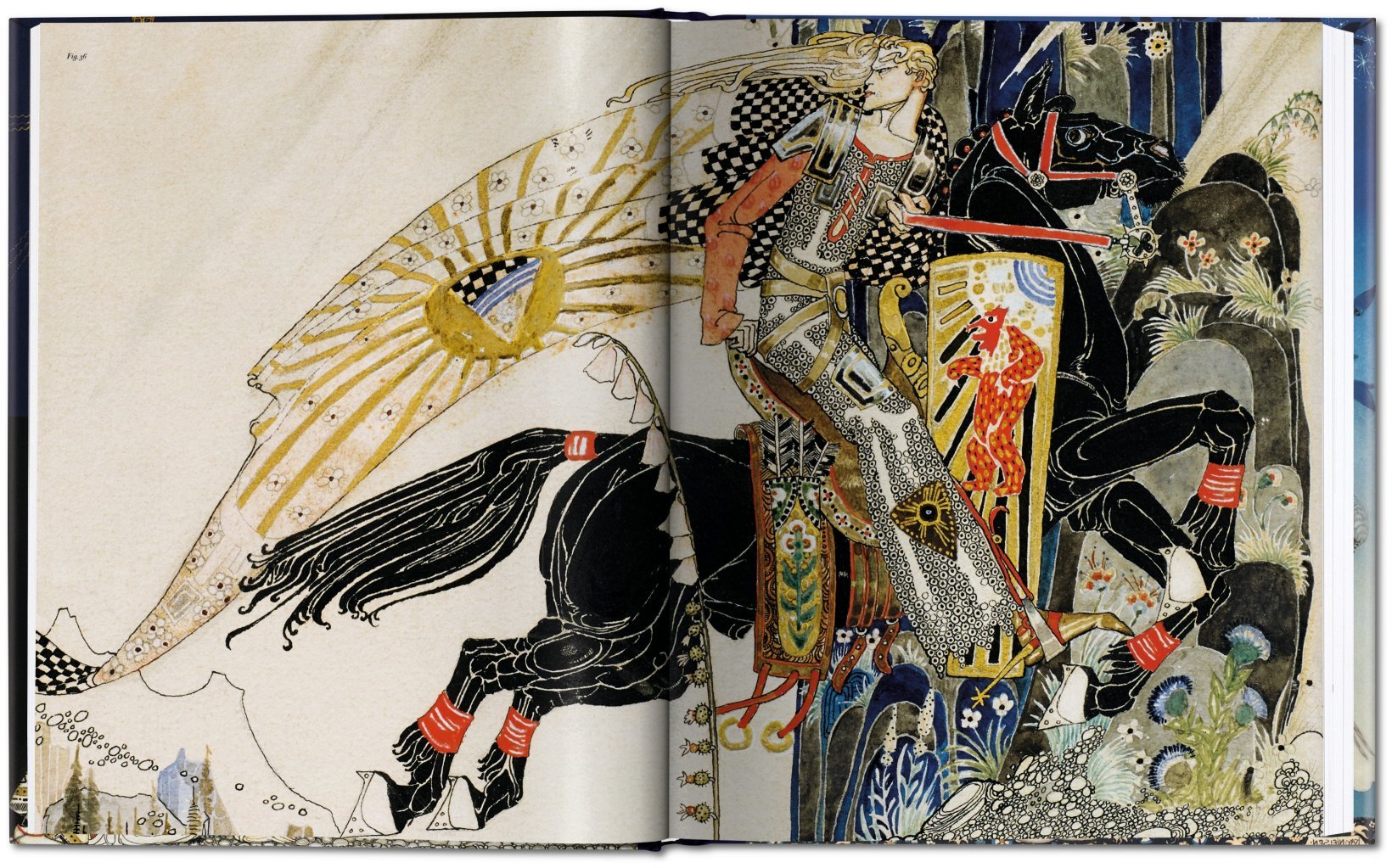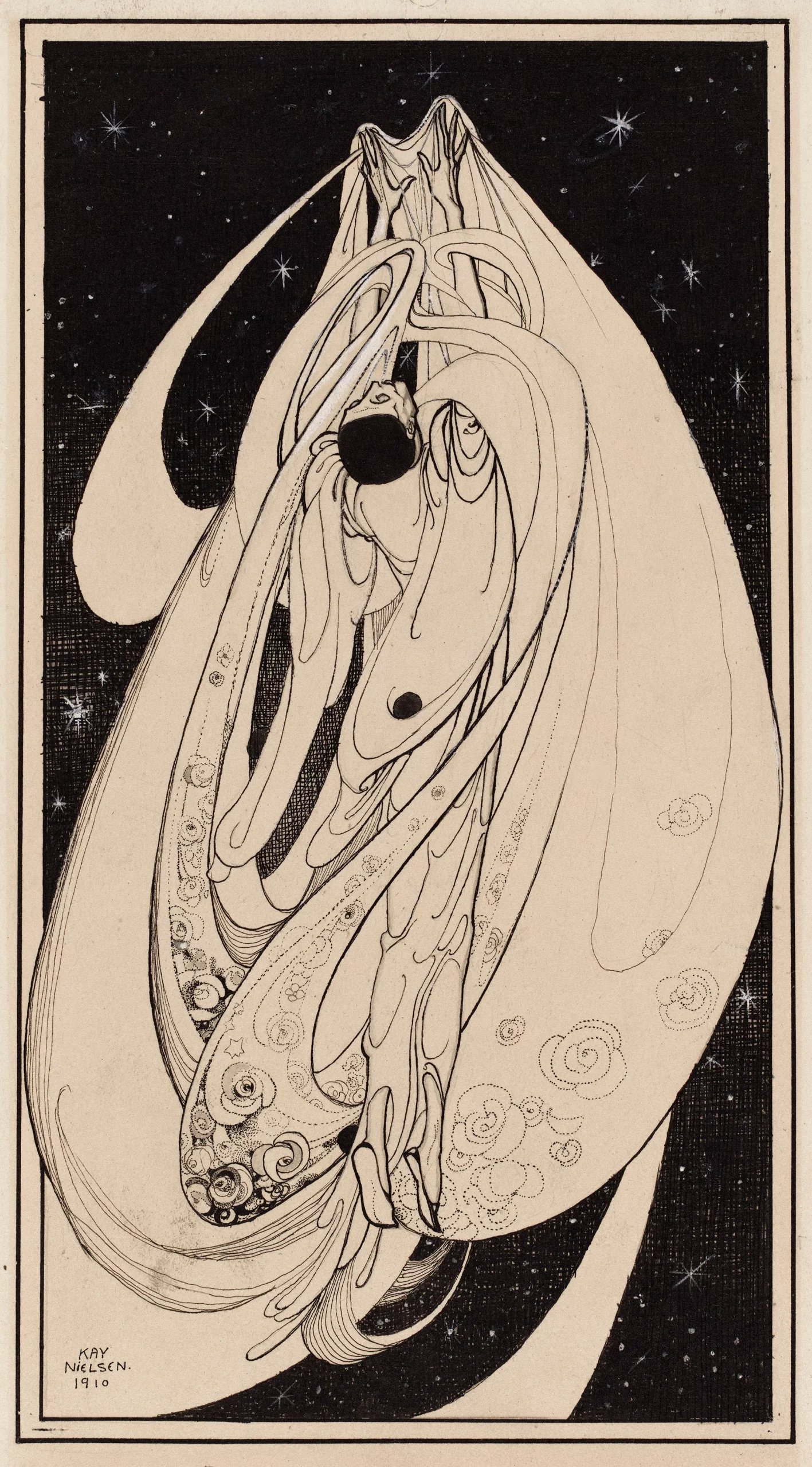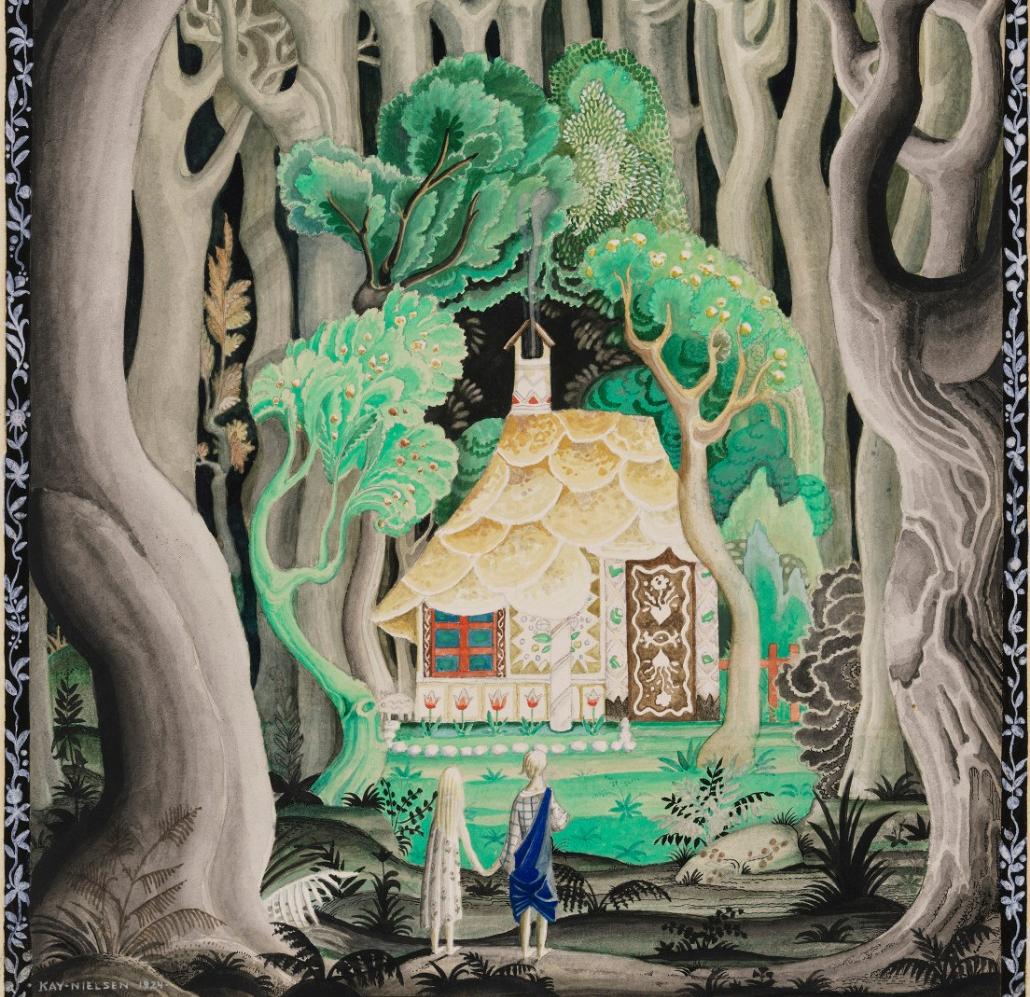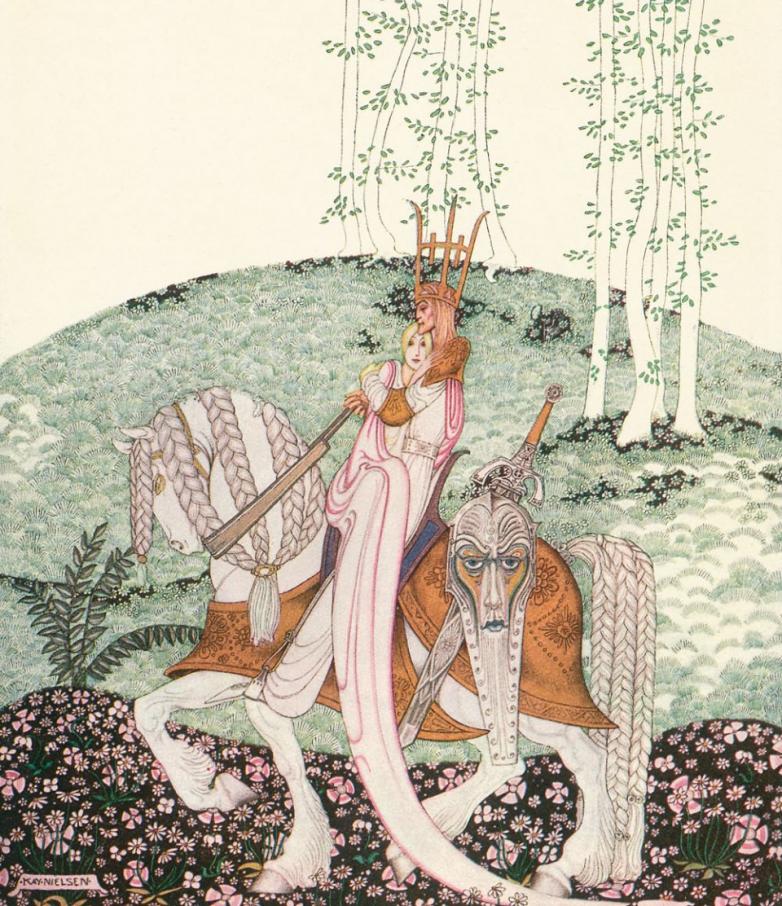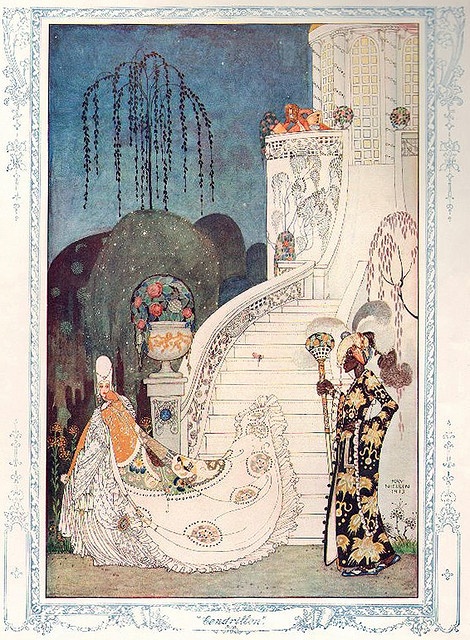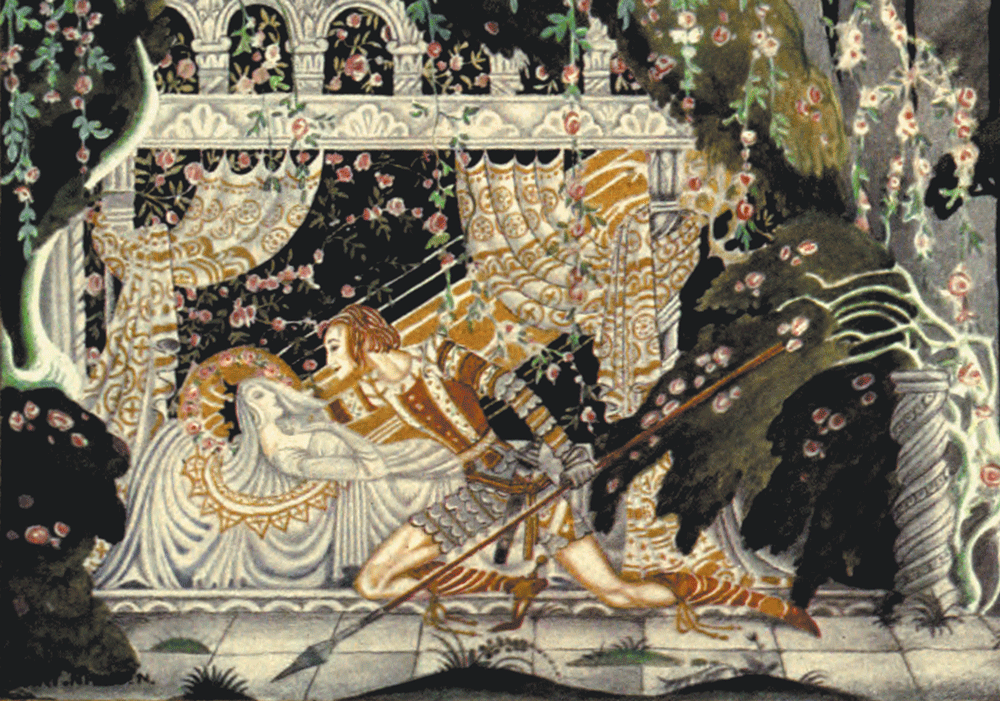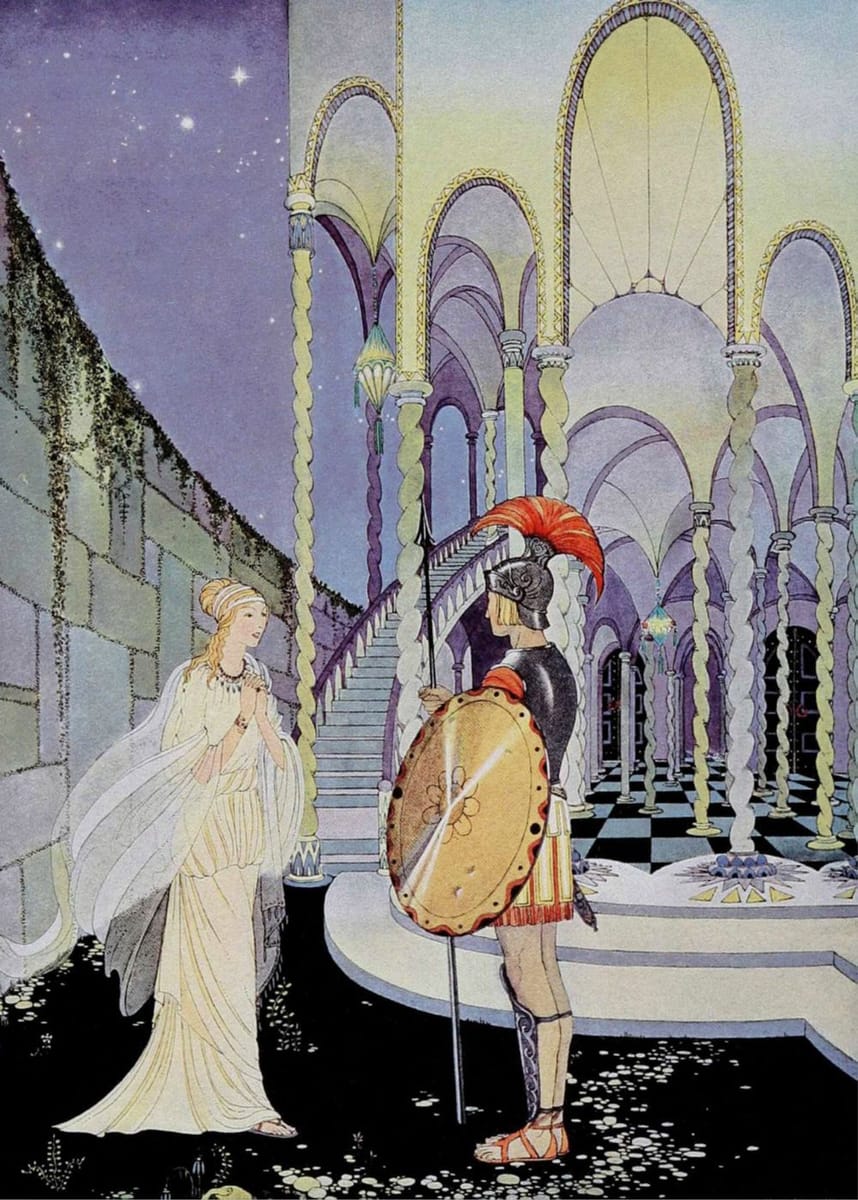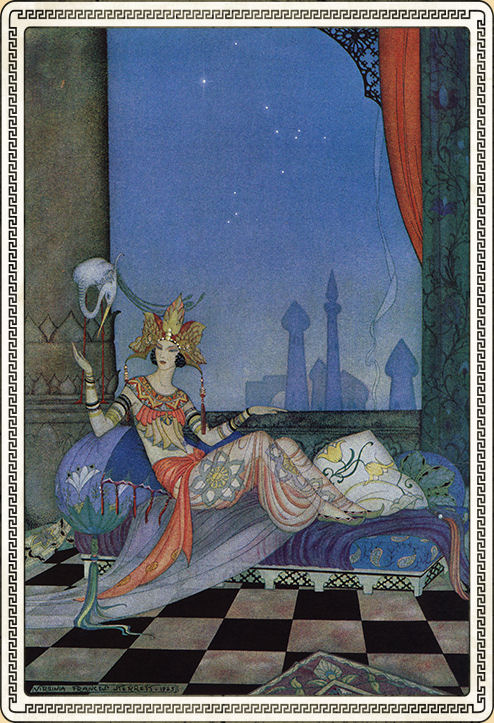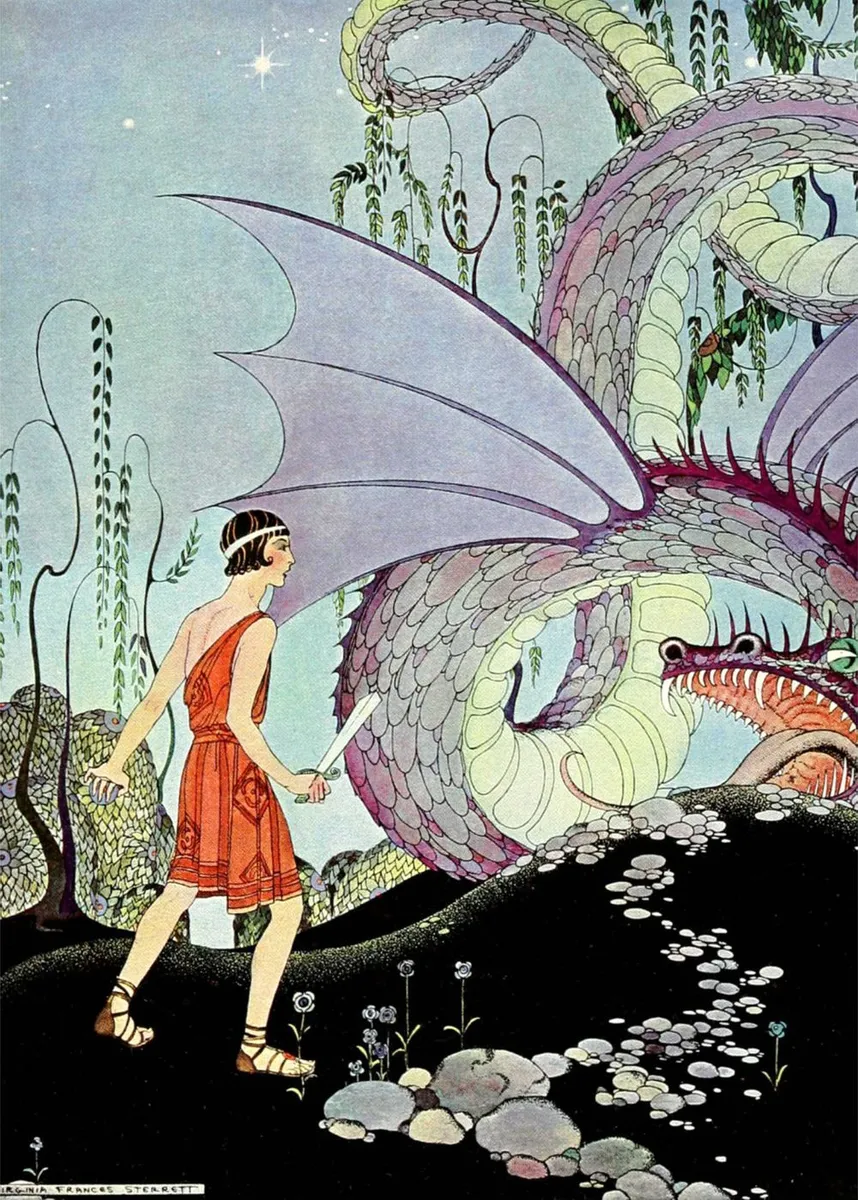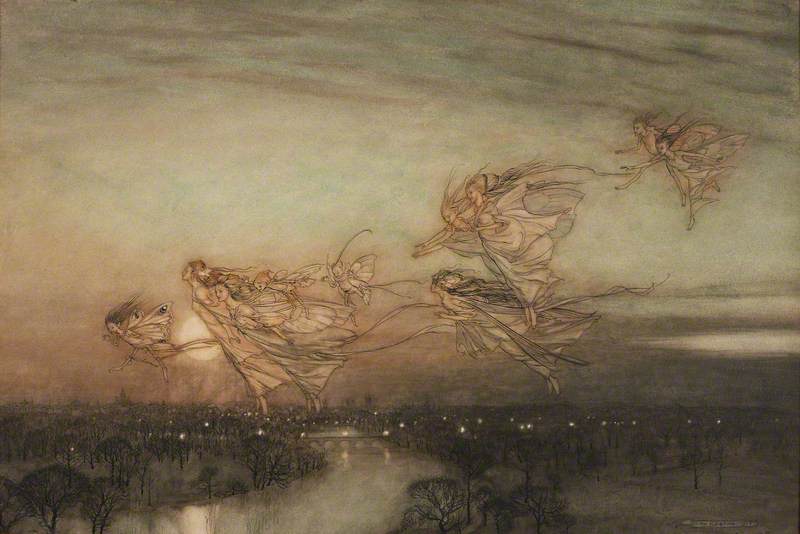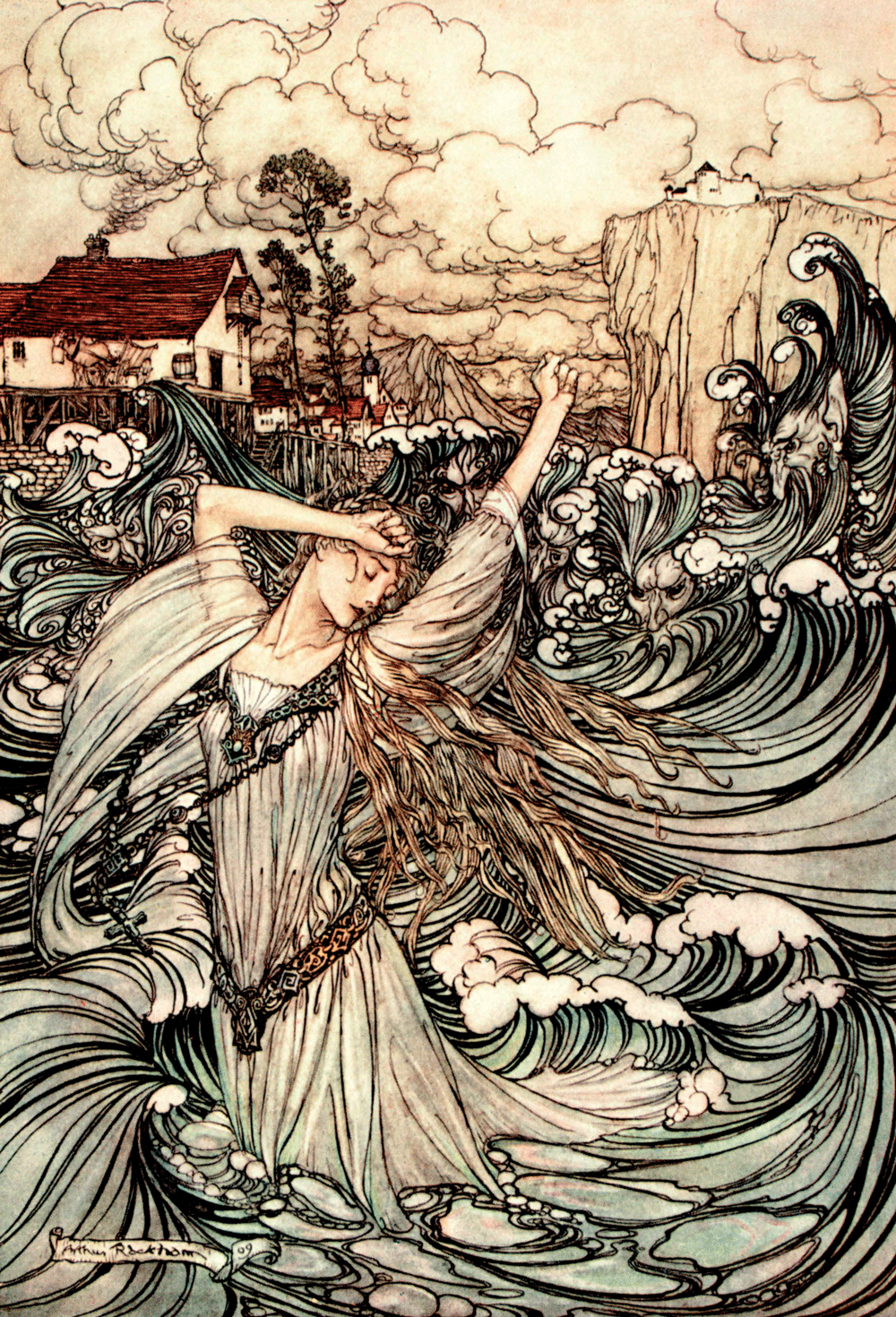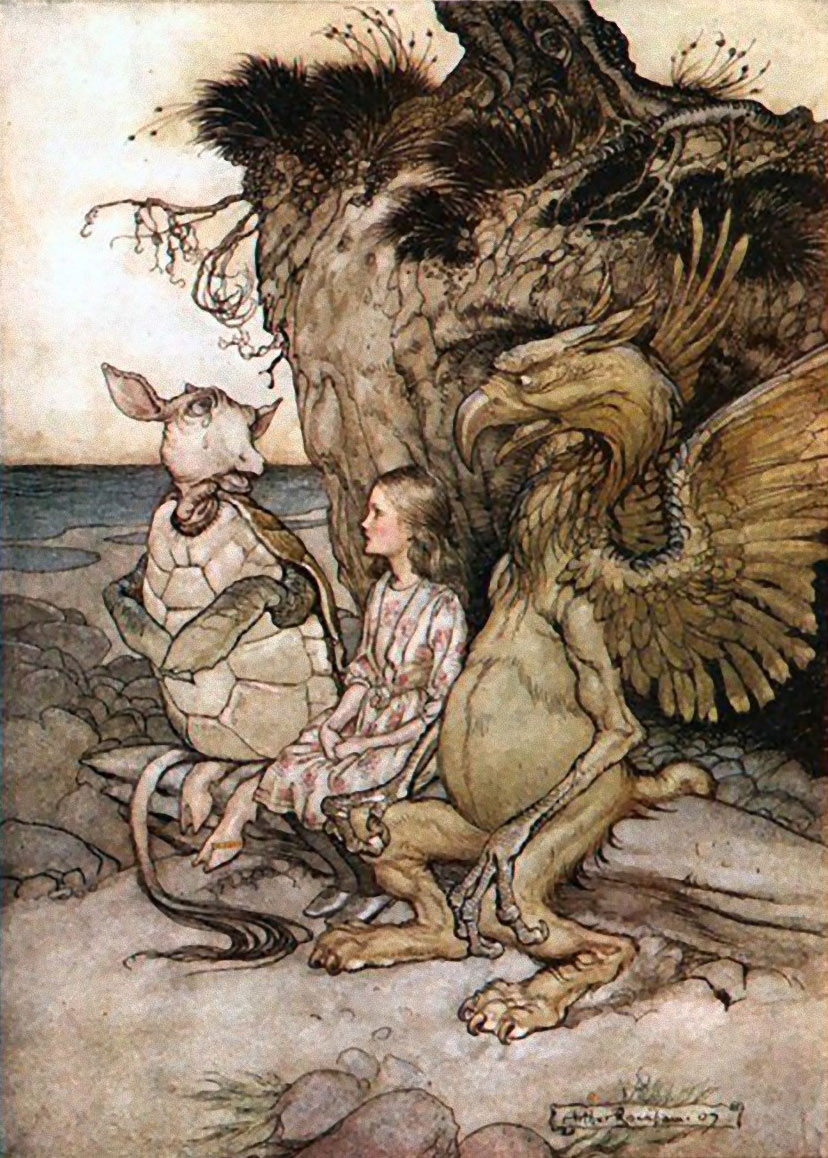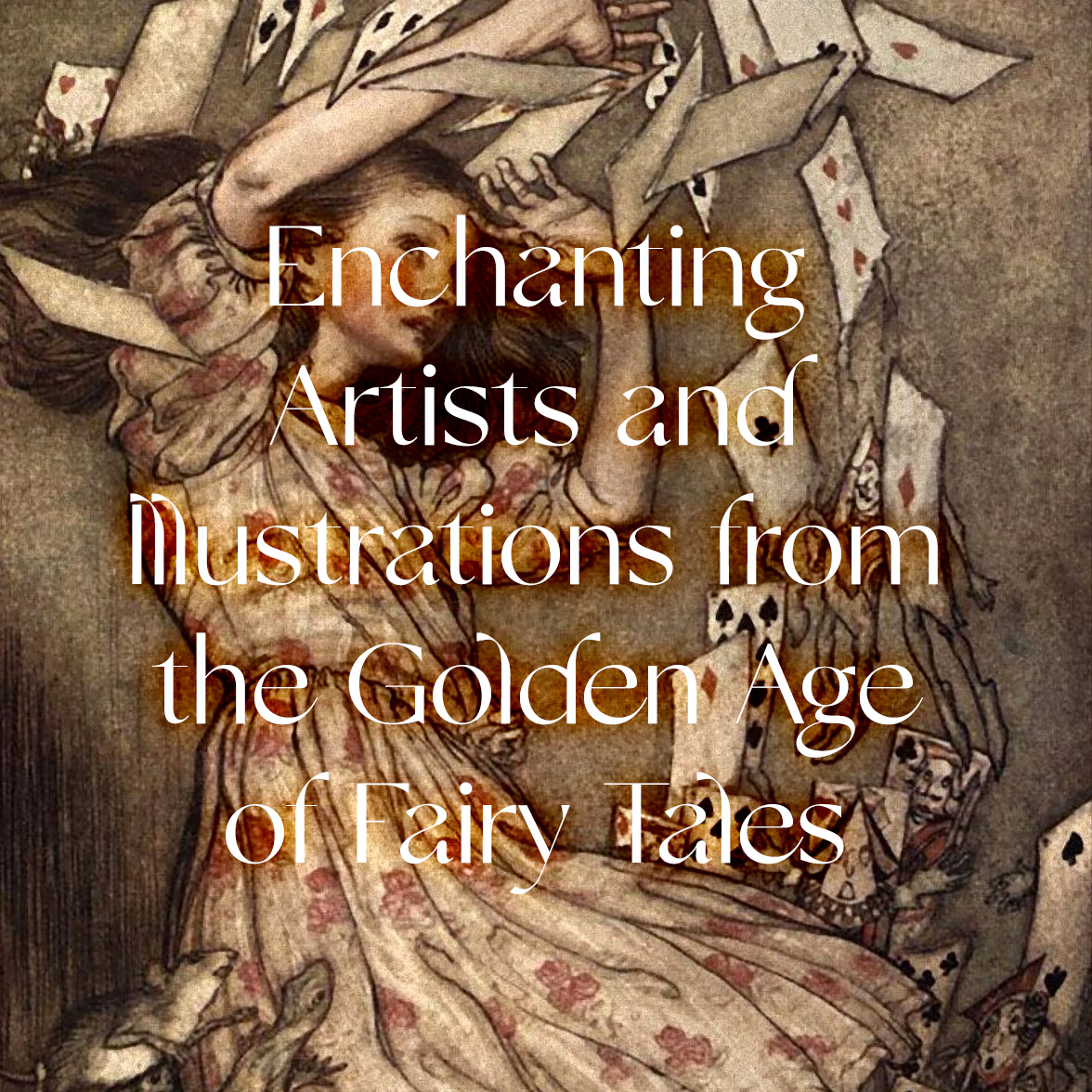
Whether we want to admit it or not, stories really are the glue that holds us together as cultures and societies. The entire fabric of our existence is weaved around stories – from religion to advertising, and from movies or entertainment to the pieces of conversation which spark connection between people.
Stories raise us, and stories keep us going when our lives become challenging. From the beginning of time, people passed down their valuable knowledge and legacies through stories, folklore, and fairy tales. So we’re never truly too old for stories, because our hearts long for the thrill of different worlds regardless of age.
According to Artcyclopedia, The Golden Age of Illustration was a period of unprecedented excellence in book and magazine illustration. It developed from advances in technology permitting accurate and inexpensive reproduction of art, combined with a voracious public demand for new graphic art.
In Europe, Golden Age artists were influenced by the Pre-Raphaelites and by such design-oriented movements as the Arts and Crafts Movement, Art Nouveau, and Les Nabis. Leading artists included Walter Crane, Edmund Dulac, Aubrey Beardsley, Arthur Rackham and Kay Nielsen.
American illustration of this period was anchored by the Brandywine Valley tradition, begun by Howard Pyle and carried on by his students, who included N.C. Wyeth, Maxfield Parrish, Frank Schoonover and Edwin Austin Abbey.
The same time frame coincided with the Golden Age of Fairy Tales (or children’s books), when the literary genre became popular especially because of these beautiful illustrations accompanying the stories.
On the right: illustration by Emma Florence Harrison for “Rapunzel” poem written by William Morris.
One of my favorite artists from the Golden Age is by far Kay Nielsen because his style is so unique and visionary for his time. His story as an artist also fascinated me, even though it broke my heart to learn how he died in poverty and obscurity even though throughout his life he had the chance to collaborate with Disney on motion pictures like Fantasia or Snow White, and he has known a little bit of notoriety in both Europe and USA.
Tragically, but also so beautifully, his wife passed away soon after his death.
Nielsen created illustrations for a volume of Hans Christian Andersen tales, as well as illustrations and concepts for The Arabian Nights, In Powder and Crinoline, Cinderella, and the most acclaimed: East of the Sun, West of the Moon (book which has been on my wishlist for a long time).
If you are intrigued and would like to know more about Kay Nielsen’s life and art, this article from Myth & Moor is so well written and informative, so please give it a read.
Next, I discovered the wonderful artworks of Virginia Frances Sterrett who also illustrated the Arabian Nights, as well as old French fairy tales and Tanglewood Tales, in her recognizable art nouveau style.
Arthur Rackham is another Golden Age illustrator who brought to life tales such as Alice’s Adventures in Wonderland (1907), A Midsummer Night’s Dream (1908), Gulliver’s Travels (1909), Undine (1909), Aesop’s Fables (1912), Mother Goose (1913), A Christmas Carol (1915), The Romance of King Arthur (1917), Cinderella (1919), The Sleeping Beauty (1920), Comus (1921), The Tempest (1926), and The Legend of Sleepy Hollow (1928).
Even though his career included working in insurance, after 7 years of night studying he began his work as an illustrator of children’s books by using the then new half-tone process.
He first became known for his illustration to Grimm’s Fairy Tales. In 1905, he made his American debut with his illustrations to Rip van Winkle; and in 1906 his work was published in Peter Pan in Kensington Gardens.
A great resource I found for vintage book illustrations which also include Golden Age Illustrators is this website: https://www.oldbookillustrations.com/ where links are organized by subject, artist, artist type, language or publisher, making the discovery of artworks fun and easy. Do check it out if your appetite for illustrations has been opened.
Thank you so much for reading. Don’t forget to always support original art & artists. If you’d like to receive more random ramblings, behind the scenes, exclusive goodies and unreleased content – delivered directly to your inbox – please signup to the newsletter. I don’t spam and your data will never be sold.
